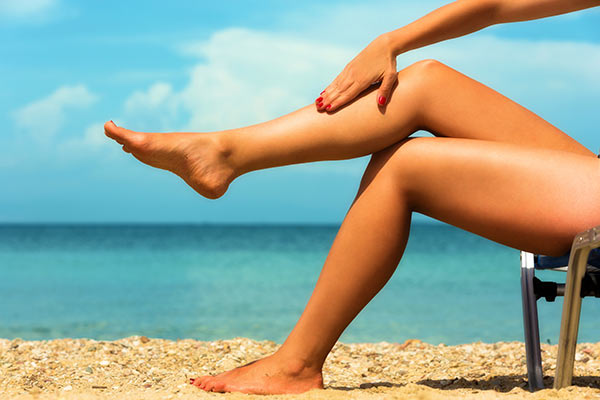Varicose veins are swollen, twisted veins that usually occur in the legs. They are caused by weakened valves and veins in the legs. When these valves do not work properly, blood can collect in the legs, leading to the appearance of varicose veins. Fortunately, there are several treatment options available, ranging from lifestyle changes and non-invasive therapies to surgical interventions. Understanding these options can help individuals make informed decisions about their treatment plans. Lifestyle changes are often the first step in managing varicose veins. These include regular exercise, weight management, and avoiding prolonged periods of standing or sitting. Elevating the legs, wearing compression stockings, and ensuring proper hydration can also alleviate symptoms and prevent the condition from worsening. While these measures do not eliminate varicose veins, they can significantly reduce discomfort and improve overall circulation. Compression stockings are a common non-invasive treatment for varicose veins. These specialized stockings apply pressure to the legs, helping veins and muscles move blood more efficiently. Available in various strengths and lengths, compression stockings can be purchased over-the-counter or prescribed by a doctor.

Wearing them regularly can reduce swelling and relieve pain associated with varicose veins, although they do not cure the underlying issue. Sclerotherapy is another widely used treatment for varicose veins, particularly for smaller varicose veins and spider veins. This procedure involves injecting a solution directly into the affected veins, causing them to collapse and eventually fade away. Sclerotherapy is minimally invasive and can be performed in a doctor’s office without anesthesia. Patients may require multiple sessions to achieve the desired results, and some temporary side effects, such as bruising or swelling, are common. For larger varicose veins, endovenous laser treatment EVLT or radiofrequency ablation RFA may be recommended and see this website. Both procedures use heat to seal off the affected veins. EVLT employs laser energy, while RFA uses radiofrequency energy. These treatments are performed under local anesthesia and involve inserting a thin catheter into the vein. The heat generated by the laser or radiofrequency waves causes the vein to collapse and eventually be reabsorbed by the body. Recovery time is relatively short, and patients can typically return to normal activities within a few days.
This procedure involves tying off and removing the affected veins through small incisions in the skin. Performed under general or spinal anesthesia, vein stripping and ligation can be more invasive and require a longer recovery period compared to other treatments. However, it can provide significant relief for individuals with large, painful varicose veins. Microphlebectomy, or ambulatory phlebectomy, is a less invasive surgical option for removing varicose veins. In this procedure, tiny incisions are made in the skin, and the veins are extracted using a special hook. Microphlebectomy can be performed under local anesthesia, and patients typically experience minimal scarring and a quick recovery. This treatment is often used in conjunction with other procedures, such as EVLT or RFA, to achieve optimal results. In recent years, newer treatments like glue embolization have emerged. This procedure involves injecting a medical adhesive into the affected vein, causing it to close off and eventually be absorbed by the body. Glue embolization is minimally invasive and does not require the use of heat or anesthesia, making it an appealing option for some patients. However, it is still relatively new and may not be widely available.